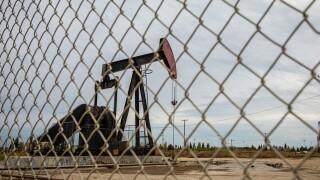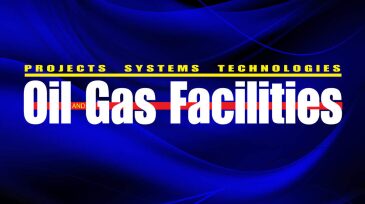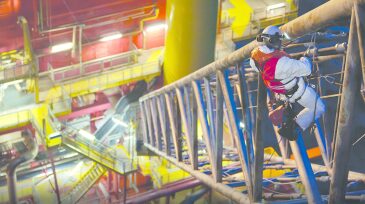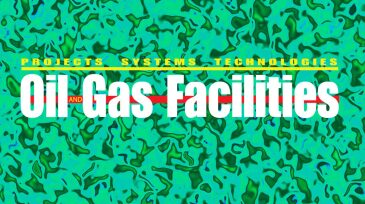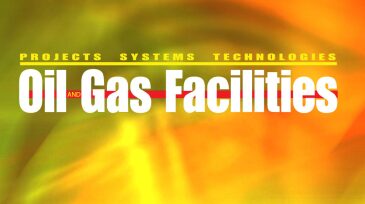Onshore/Offshore Facilities
Estimates commissioned by the Australian government suggest that increasing efficiency will lower costs for decommissioning offshore Australia.
This paper introduces an AI-driven digital fencing system designed to boost security in oil and gas fields. The main objectives are to improve security and safety of oil and gas facilities while addressing the limitations of legacy physical barriers, reducing false alarms, and eliminating the dependability on the grid in favor of renewable energy.
The contract will cover the design and manufacturing of tree systems, flexible flowlines, a manifold, and controls, as well as installation of the subsea production system.
-
The effects of turbulence/shear and thermal driving force on wax-deposition characteristics were experimentally studied using a waxy crude oil from the Gulf of Mexico.
-
As natural gas pipeline systems have grown larger and more complex, the importance of optimization of design and operation of pipelines has increased. This paper examines the optimization issue for the Egyptian gas transmission pipeline network.
-
Field trials were conducted by BP on the commercial version of wired pipe with a comprehensive suite of logging-while-drilling (LWD) tools, measurement-while-drilling (MWD) functionality, and rotary-steerable- capability on two Wyoming wells in 2007.
-
Solid-expandable tubular (SET) is widely used to patch casing and has proved to be cost effective.
-
The general industry perception is that, when drillstrings or casing strings exceed conventional helical-buckling criteria, they cannot be operated safely in the hole because the risk of failure or lockup is too high.
-
Compared to the US industrial average downtime ranging from 3% to 5%, the oil and gas industry’s estimated downtime ranges from 5% to 10%,indicating that improvement is needed in reliability and maintenance of facilities, equipment, and processes.
-
A new methodology for oil/water horizontal pipe separator (HPS) design and performance prediction is developed. Separator diameter is determined on the basis of oil/water flow-pattern prediction. A batch separator model is adopted and modified to predict the separator length for desired quality.
-
Pipelines play a vital supporting role in the energy supply chain as one of the most efficient modes of hydrocarbon transportation. Unconventional resource development and LNG have set the stage for growth in onshore pipelines.
-
Paradoxical effects can exist when expanding the capacity of natural-gas-transportation networks. This paper derives conditions where it can be expected, how the effect can be masked, and provide analysis to support identification in larger-scale networks.
-
Setting optimal surface separation pressures are crucial for maximizing the surface liquid production from the wellstream feed. Where separator tests are not available, empirical calculations are often used, but with limitations. A method suitable across many conditions is proposed.


